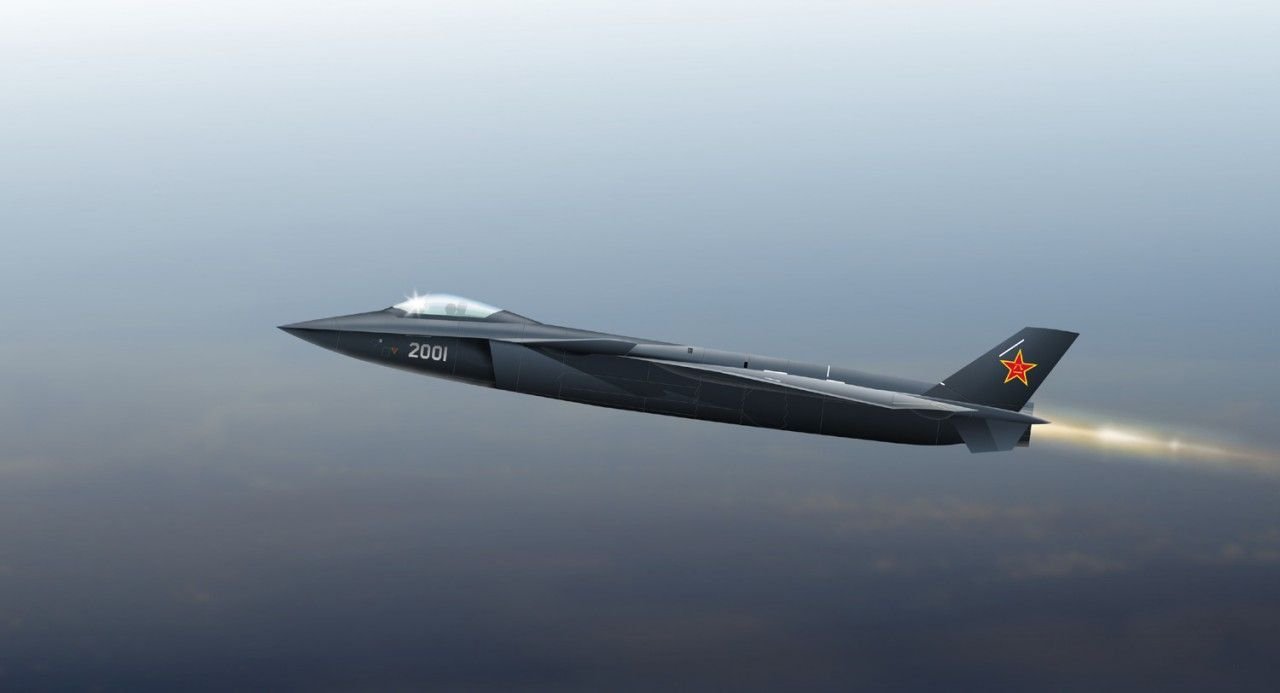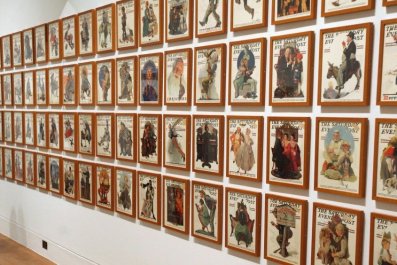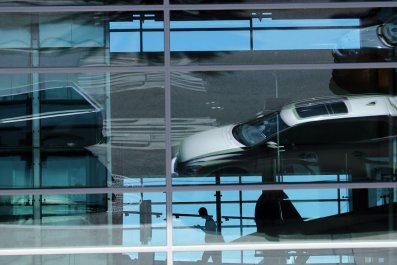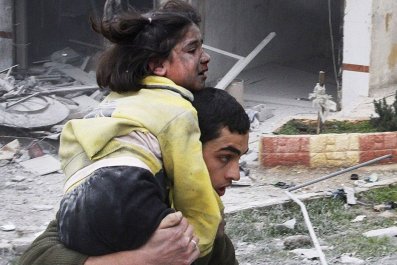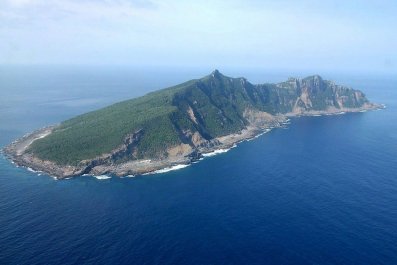China has big plans for planes. As recently reported in a Fortune cover story, its state-owned aviation plants are pouring billions of dollars into a determined effort to break their dependency on the West. Working on a timeline that astounds business analysts, China is charging hard to produce their version of best-selling jetliners like Boeing's 737 and Airbus's A320 by 2014. Their goal is noble, and the art of slinging a behemoth piece of metal filled with people into the sky is an Olympian task. But China's triumph, when finally realized, will perhaps be less Herculean, and more like Hally Porter.
That last line probably made J.K. Rowling's lawyers see red, because China ripped the Harry Potter series off like a Hogwarts prom dress, and all those Hally Porter bootlegs (as his name has often been charmingly and intentionally misspelled) reveal an alternate universe of business ethics. For those in China who don't hold patents, bootlegging is largely a crime of spelling. We laugh at Hike sneakers, and people who watch Break So Bad on their iPed. But is it a laugh at 30,000 feet, when you're flying in a Boning 747?
China started bootlegging planes in the 1990s, as part of a military escalation inspired by Desert Storm. After watching the U.S. Army's firmament-melting war machine hammer Iraq into sand, the Chinese decided to get their military act together. Part of that meant putting U.S. stuff together. At the time, the world had one stealth jet model: the American F-117 Nighthawk. During NATO bombing runs over Serbia in 1999, bad weather and blind chance let a Hail Mary missile snatch one from the sky. When flaming pieces of the mythical "invisible plane" fell to earth, proud peasants hauled car-sized chunks of shattered imperialism back to their farm. In lands far away, an obscure opportunity was grasped, and Chinese spies materialized in the Balkans. They tracked down pieces of the fallen, mythical plane from farm to farm. Dispensing lump sums for lumps of F-117 Nighthawk, they harvested the crashed American craft, shipping what remained to the land of Hally Porter.
The Chinese labored for more than a decade to bootleg the F-117 Nighthawk. What remains indisputable today is that China's Chengdu J-20 is one of only three other stealth jet models on Planet Earth. And it, uh, kind of looks like the F-117.
The Russians have the other stealth jet. China managed to rip them off, too, in part because 1996 was not a great time for The Bear. Buckled by the collapse of communism and strapped to pay the rent, it made a terrible deal with China, which paid poor Russia $2.5 billion for a license to assemble the premier Russian fighter jet, the SU-27. Blatant theft followed. "When the license was sold, everyone knew they would do this," said Vassily Kashin, a Russian expert on the Chinese military, in The Wall Street Journal. "It was just a risk that was taken. At that time it was a question of survival."
Russia survived and China built about 100 planes before halting production. They told the Russians their plane had become irrelevant. Maybe that's because China had refabricated every single aspect of the SU-27. Three years later, a practically identical plane was produced in China. Russians probably think of it as the "F.U.-27" In the global market, the Chinese regularly undercut Russian models by $10 million - with planes copied from Russia.
That's good news for bargain hunters like Egypt and Pakistan, but Third World jet shoppers should watch out, because a trail of broken parts litter runways from Burma to Zimbabwe. The model in question is the MA-60, reverse engineered from Russian military jets. It is China's first commercial plane to hit the international market. The reason these jets didn't hit China's domestic market is because they kept hitting the ground, very hard, with Chinese people in them. So many MA-60s malfunctioned that Chinese airlines ran away from the things. Left with a batch of reverse engineered death traps on their hands, the Aviation Industry Corporation of China decided to hustle. It tossed MA-60 planes to dear friends throughout the Third World.
When Air Zimbabwe bought two, China threw in a third. Deeply discounted, or sold with very low interest rates, MA-60s were bundled in as part of political-favor packages. One was even given as a gift to the King of Tonga, with full ceremony, in 2009. By that time, the rep of the MA-60 was so bad that New Zealand suspended tourism aid to the tiny country. The literal breaking point for China's commercial aviation vanguard model came on this past June 10. The day started with an MA-60 snapping in half while landing in Indonesia. Later in Burma, another persnickety MA-60 skidded off the runway. Nobody died in either crash, but Burma subsequently grounded all its MA-60s. When your safety record is too scary for the Burmese, you have problems.
These aren't problems China isn't desperately trying to fix. This summer, I was in a bar in Bangkok, drinking with a jet plane pilot. Let's call him Michael. An American stationed in Asia, Michael regularly flies sheiks, CEOs, and other players from the vast wealth throughout the region. He has been places and has stories. One happened a year back, when he was paid to fly a metallurgist from Singapore through the night, toward destinations unnamed. They landed in darkness at the hugest hangar Michael had ever seen. Inside were eight planes. They were green - the metal looks like that on unpainted jets, bought factory fresh from Boeing. Four of these planes were intact, but the rest were meticulously dismantled into a universe of pieces spread in vast spirals that disappeared into the distant immensity of the hangar. The imported Singaporean metallurgist jumped out to join the Chinese engineers busily bootlegging away. Armed with protractors, rulers, clipboards, and smartphones, this minor army of reverse-engineering geniuses was measuring the dissected planes, right down to the length and thickness of screws. The metallurgist had been flown in to break down the metallic compounds, helping to build what, one day, might be that Boning 747.
There's not much to do about all of this. Bootlegging is just China's way, in what is increasingly their world. And in all fairness, Chinese planes aren't the only ones falling apart - 2013 has been a nightmare year for Boeing's much hyped Dreamliner jet. It began in January when the entire fleet was grounded, due to continual technical problems. Boeing eventually fixed those, but some bugs won't die. In July, a Dreamliner sold to an Ethiopian airline burst into flames at Heathrow airport, forcing both runways to be shut down. More recently, two Dreamliner flights from Japan had to turn around mid-flight due to malfunctions, while another malfunctioning Norwegian airlines model was grounded in Thailand.
So let's hope China rips off the right stuff.


